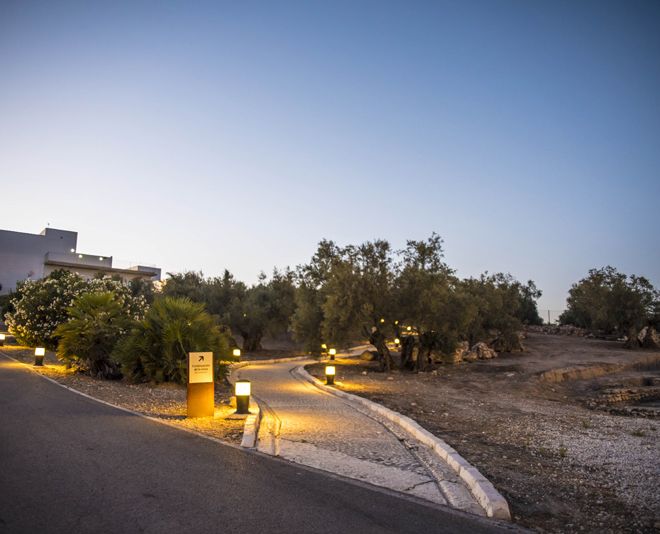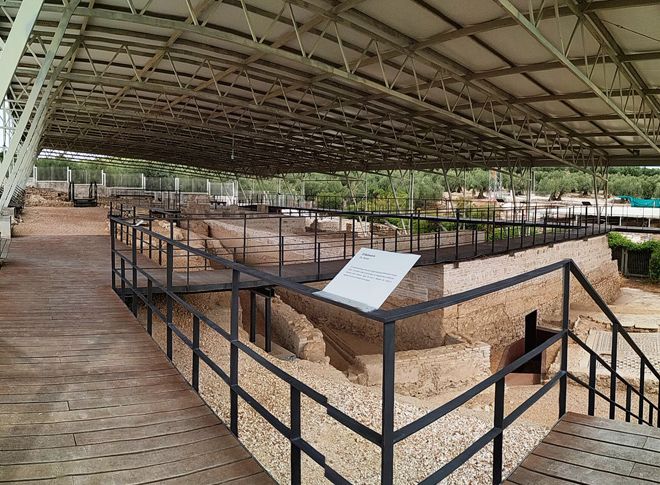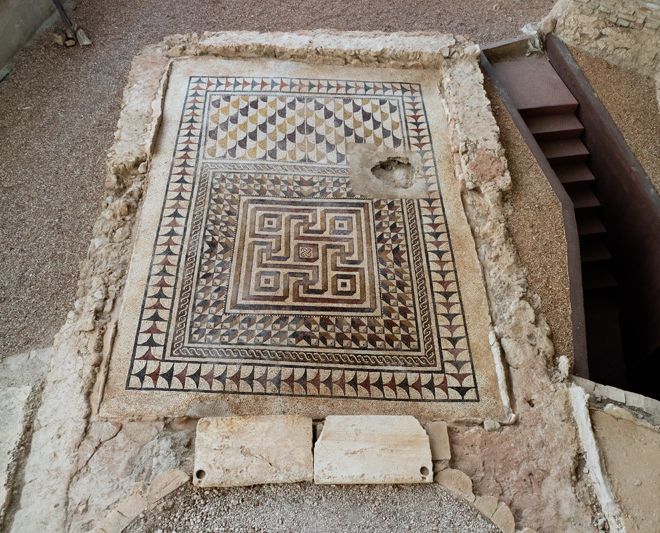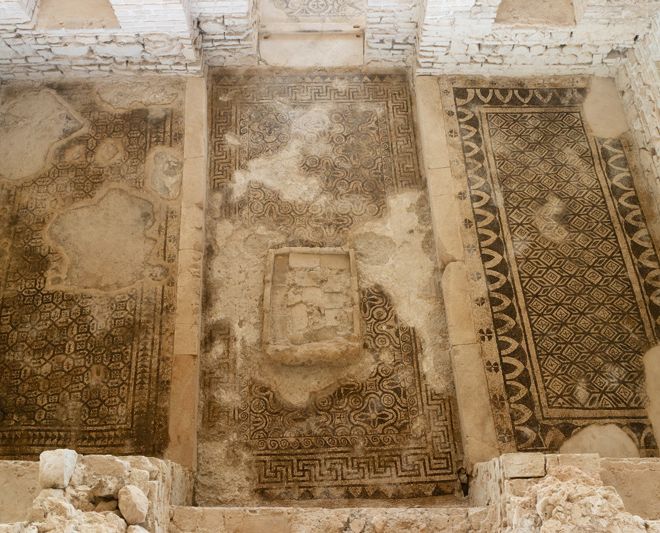“Lady Aglaia, and Euphrosyne, lover of dance and song, daughters of the strongest god, listen now; and you, Thalia, passionate for dance and song, […] For with your help all delightful and sweet things are accomplished for mortals, if any man is skillful, or beautiful, or splendid.
Pindar, Olympian 14
Very close to Puente Genil (Córdoba), three kilometers far from the city centre, lies the location of Fuente Álamo, toponym referred to a place with plenty of water, fertile lands and an strategic position.
Fuente Álamo is nowadays an example of superimposed rural archaeology spanning more than one thousand years of history. The first roman settlement was in use between the 1st and 4th centuries and it is formed by an array of hydraulic structures as pools, ponds, fountains, storage cisterns, thermal baths, latrines and mosaic paved rooms. One of the best known mosaics from Fuente Álamo comes from this buildings, the Nilotic mosaic, which displays a Geranomaquia, a mythical fight between pigmies and cranes. In this mosaic, the characters represented talk to each other, as in a kind of comic. It is an unique example all along the roman empire.
Over the remains of this hydraulic complex, an aristocratic residence was built during the second half of the 4th century, reflecting the power and prestige of its owner. There are three key elements in the architecture of the villa that reveal the new wealth scenography: the hall, the courtyard (peristylum) and the reception rooms. All this was accompanied with residential rooms, private use rooms as the tablinum and landscaped areas. At this moment were also built the pars fructuaria and pars rustica, the farming areas, storage facilities, granary, kitchen and small rooms for the servants.
The most eye catching elements from this second phase of Fuente Álamo are the magnificent figurative and geometric mosaics, especially the ones depicting the Tryumph of Bacchus and the Three Graces.









